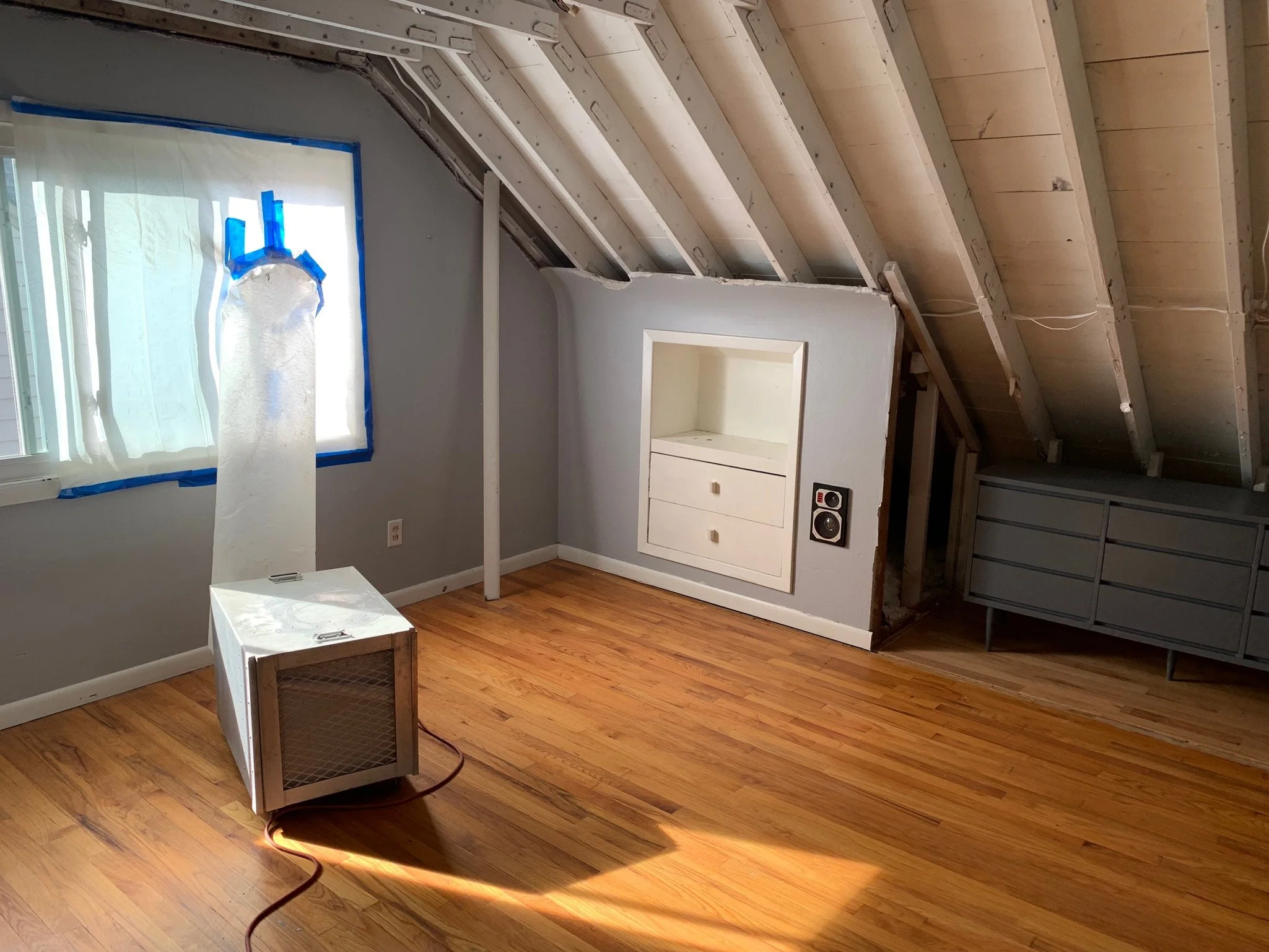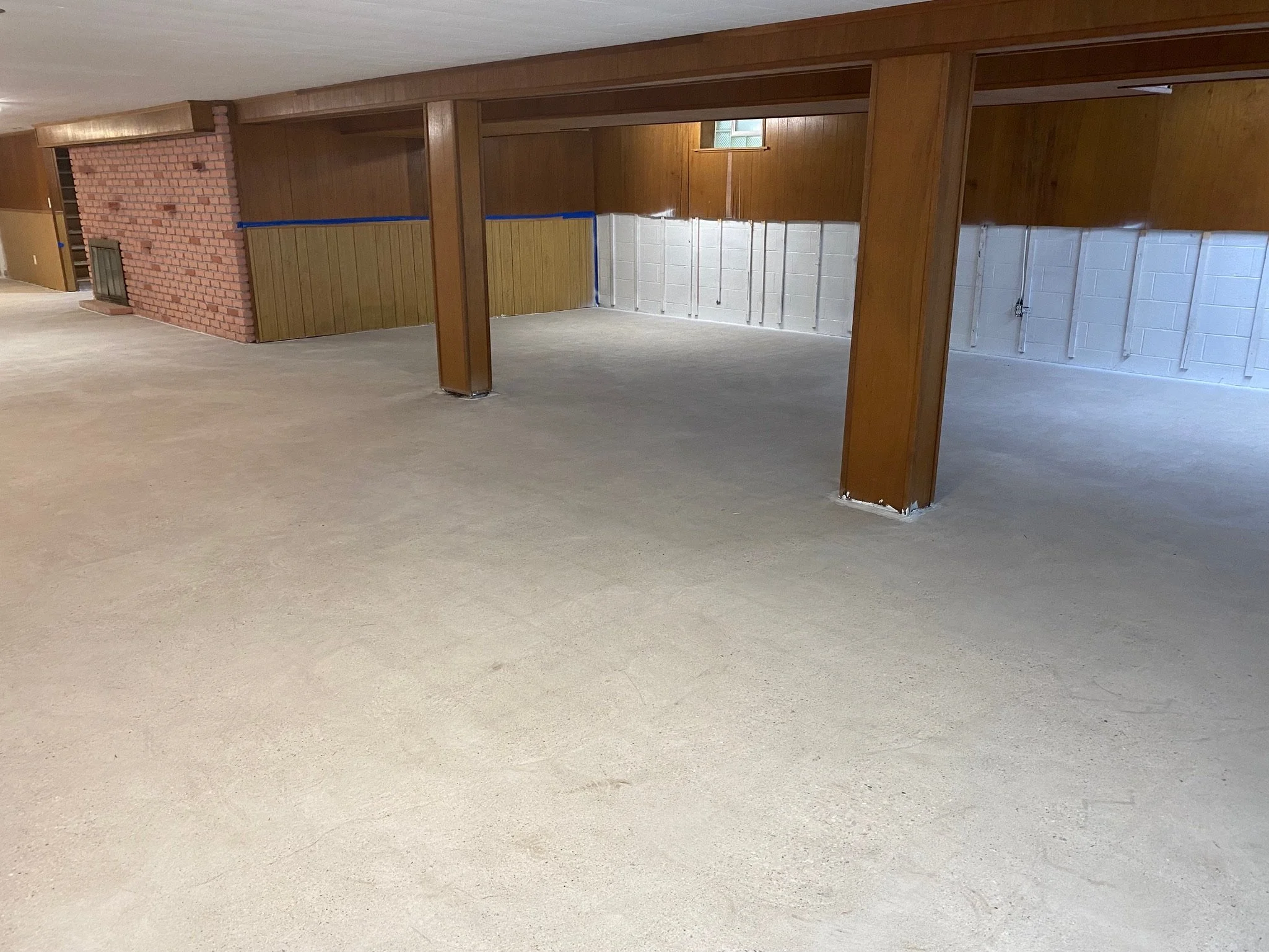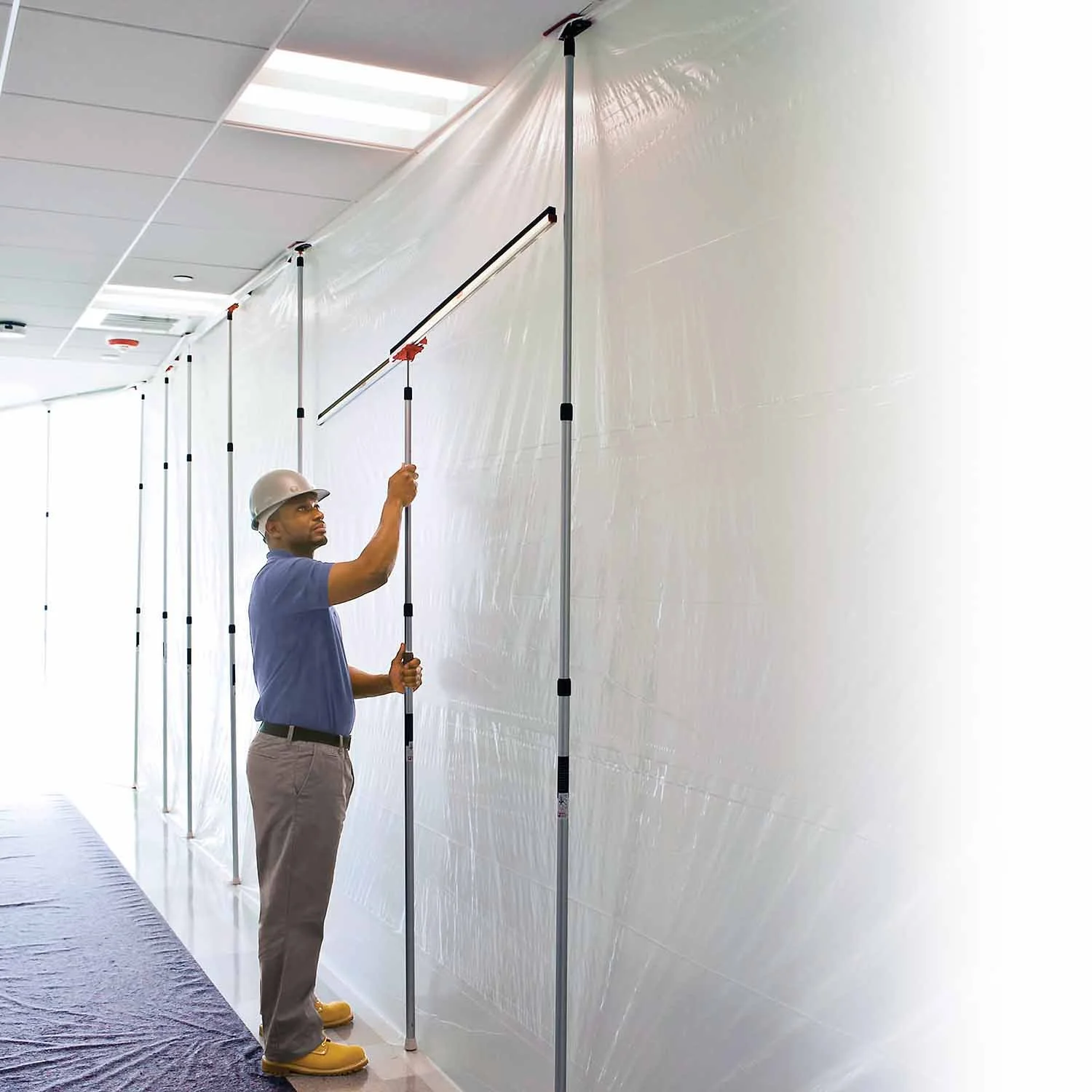
If it’s Asbestos, we can handle it.
Just ask the people we’ve worked with before.
Or you could just give us a call right now ;)
Common Asbestos containing materials
-
Due to the environment where pipes were installed, insulation was required in order to prevent the pipes from deteriorating. Asbestos was used for most of the 20th century in manufacturing insulation products designed to wrap and protect piping systems found in unfavorable conditions. The asbestos insulation starts to deteriorate with the passing of time, leaving the asbestos fibers in a friable state due to the alternating temperature, from hot to cold.
-
Asbestos floor tiles could contain up to 70% asbestos by weight. This high asbestos content posed risks to people who manufactured, installed or renovated the tiles.
Asbestos floor tiles came in two main varieties: vinyl tiles and asphalt tiles. Vinyl and asphalt asbestos tiles were popular in buildings and homes. These two types of asbestos floor tiles had differing properties and appearances.
Asbestos floor tiles are considered non-friable. This means they are less likely to crumble under pressure and release asbestos fibers. But research indicates grinding, breaking or cutting asbestos floor tiles can release fibers.
Mastic is a general term for a type of glue-like adhesive. Many modern mastics are latex, or water-based, and can be softened with water. By contrast, asphaltic cutback adhesive is an older type of mastic made with asphalt-based cement. The asphalt content lends mastic its black color. Asbestos was added to the mastic for its strengthening properties, not for fireproofing.
Some, but not all, black mastics may contain asbestos. Asbestos has been proven to cause a life-threatening condition called mesothelioma.
-
In the past, asbestos fibers were added during the production of roofing and siding materials to strengthen them, to increase their durability, and to provide a limited amount of insulation and fireproofing to your home. The use of asbestos in roofing and siding materials has declined rapidly since the early 1980s.
Asphalt or cement roofing and siding that contain asbestos, when intact and in good condition, are generally considered nonfriable and are not hazardous. "Nonfriable" means they cannot be broken up by hand pressure. Paper-like vapor barriers can present more of a hazard, since they are considered friable. "Friable" means they are easily damaged by hand pressure.
However, heat, water, weathering or aging can weaken "nonfriable" siding and roofing to the point where they are considered friable. Also, the siding and roofing can be made friable when it’s being removed. Friable materials can release asbestos fibers into the air. Avoid breaking, sanding, cutting, drilling and sawing the materials. These types of activities can release asbestos fibers into the air. Once airborne, asbestos fibers can be inhaled into the lungs, where they have the potential to cause severe lung diseases, such as mesothelioma and lung cancer.
-
From the mid-1950s through the early '80s, sheet metal air ducts for forced-air heating systems were commonly insulated with a cardboard-like material that contained asbestos fibers. In some cases, a careful, close examination is necessary in order to determine whether these old heating ducts are composed of asbestos or merely insulated with it.
Also, look to see if the asbestos or insulation material is breaking or coming apart. If the material is undamaged, securely attached, and not exposed to routine contact, it does not pose a health risk.
Duct tape is a white, flat material that was applied to air ducts to seal gaps and reduce air leaks. With a fibrous appearance, asbestos-containing duct tape usually contains high levels of asbestos and is dangerous to disturb. Generally, it is thicker than modern duct tape, white or grey in color, and simply peeling it off a surface can cause asbestos fibers to become airborne.
The asbestos-containing duct tape that was used by the HVAC industry to line and insulate pipes in heating and cooling systems within homes typically contains between 35 - 65% chrysotile asbestos. For a comprehensive evaluation of your air ducts to determine their level of safety and functionality, it is recommended that you consult a certified asbestos inspector (Give us a call at (216) 647-8200 to schedule an inspection).
In older homes, it is common to find asbestos in heating ducts on the interior and exterior surfaces, especially around bends and connections, for example, asbestos duct dampeners - asbestos-containing woven material - that was used to create flexible joins between heating ducts or between an air handler and ductwork.
If you come across ductwork in your property and know that it was installed pre-1970, the best practice is to assume that it may contain asbestos. On older homes asbestos paper-like material was often wrapped around the entire duct exterior rather than simply at the joints.
-
Vermiculite is a naturally-occurring mineral composed of shiny flakes, resembling mica. When heated to a high temperature, flakes of vermiculite expand as much as 8-30 times their original size. The expanded vermiculite is a light-weight, fire-resistant, and odorless material and has been used in numerous products, including insulation for attics and walls. Sizes of vermiculite products range from very fine particles to large (coarse) pieces nearly an inch long.
A mine near Libby, Montana, was the source of over 70 percent of all vermiculite sold in the United States from 1919 to 1990. There was also a deposit of asbestos at that mine, so the vermiculite from Libby was contaminated with asbestos. Vermiculite from Libby was used in the majority of vermiculite insulation in the United States and was often sold under the brand name Zonolite. If you have vermiculite insulation in your home, you should assume this material may be contaminated with asbestos and be aware of steps you can take to protect yourself and your family from exposure to asbestos.
-
Asbestos can be found in most drywall materials produced before the 1980s. If your home, commercial building, or other structure was built between 1940 and 1980, it’s very likely that it contains asbestos.
Drywall that contains asbestos isn’t hazardous to humans unless it’s disturbed, which often occurs during a home remodel or DIY project. When ACMs are disturbed, small particles are released into the air that, when inhaled, can lead to serious health problems. Something as simple as sanding or painting drywall that contains asbestos can release these dangerous, undetectable fibers.
Asbestos is most commonly found in the joint compound (mud) layer of the wall, though it can also be present in the sheetrock itself, the tape, and the surfacing texture. That’s why, when sampling, it’s best to include all of these layers so the lab can analyze each one.
If your home was built before the 1980s, it’s likely that your drywall contains asbestos; the same is true for certain types of flooring, insulation, and popcorn ceilings. Because asbestos is hazardous when disturbed, you’ll want to get your drywall tested any time you’re considering sanding, painting, demolishing, or otherwise altering your drywall.
If you suspect that your drywall, ceiling, insulation, or other products in your home may contain asbestos, it’s important to have it tested before you paint, sand, renovate, or otherwise disturb the area. If left unidentified and unremedied, asbestos can pose serious risks to your health.

Our Process

Let’s Work Together
We’re always looking for new opportunities and we can’t wait to help make this process headache-free for you! Feel free to give us a call whenever you like (Just not too-too late please!). We almost always answer immediately, but don’t worry if we don’t answer, we’ll call you back within five minutes!





